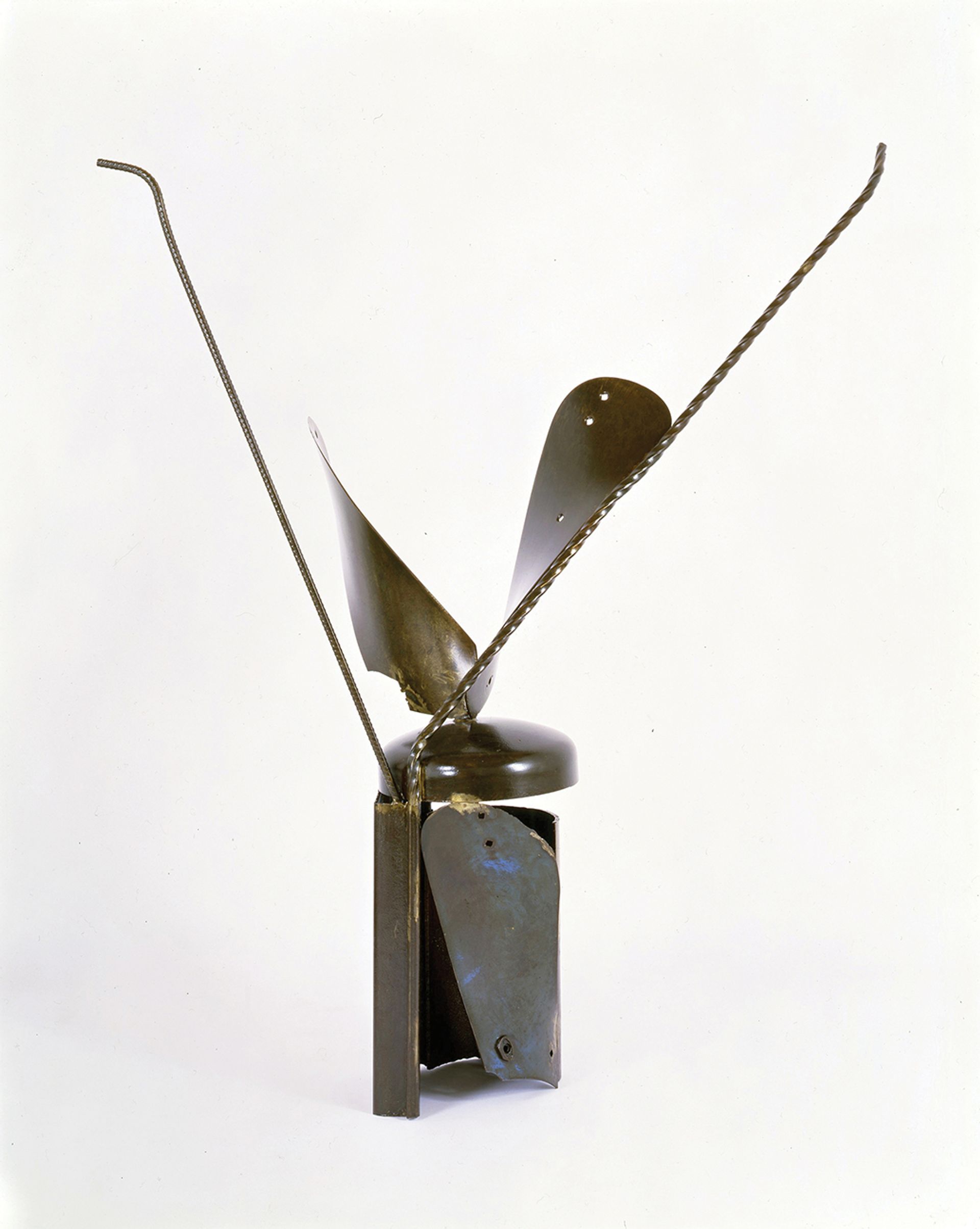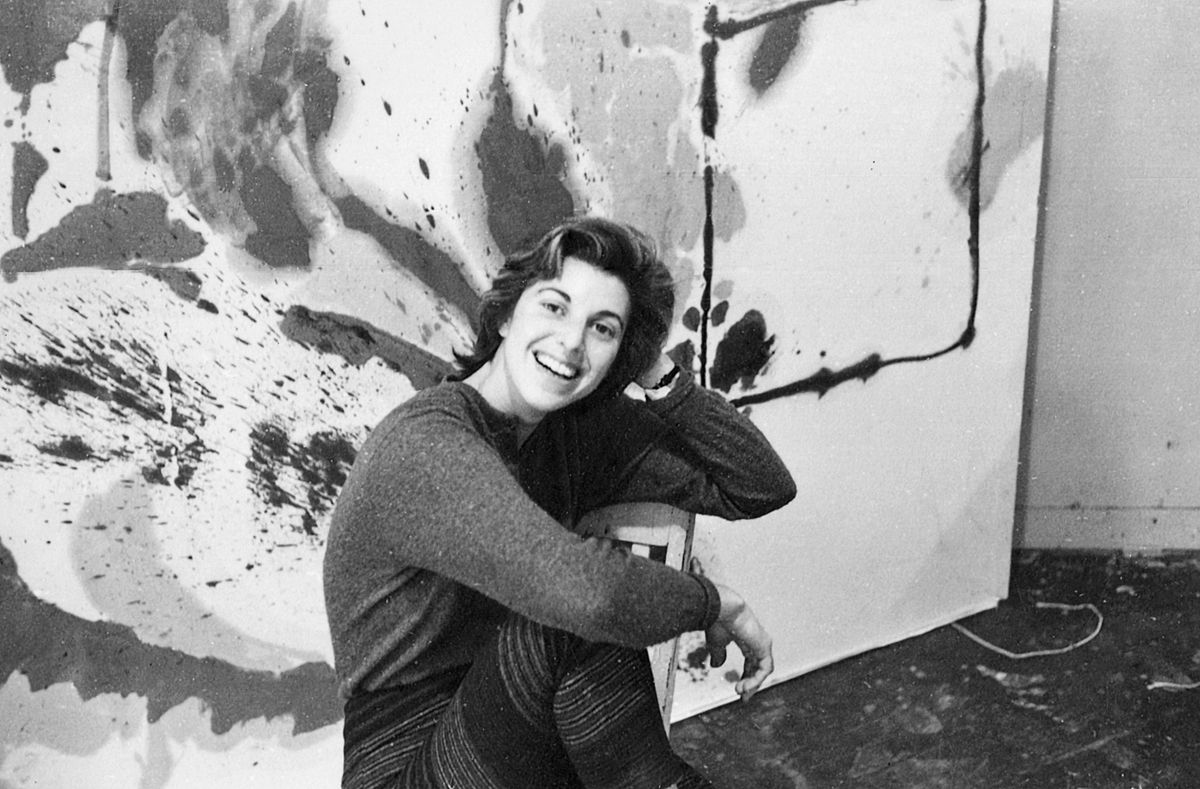The American Abstract Expressionist Helen Frankenthaler (1928-2011) was candid about her first encounter with the work of Jackson Pollock. “It captured my eye and my whole psychic metabolism at a crucial moment in my life,” she said. “I was ready for what his paintings gave me.” Until now, the impact of the other artists in her circle has been less well understood, but this is set to change with a sweeping survey at the Palazzo Strozzi in Florence.
Curated by Douglas Dreishpoon, the director of the artist’s catalogue raisonné project for the Helen Frankenthaler Foundation, Painting Without Rules draws on research begun in 2017, a significant part of which has involved sifting through correspondence Frankenthaler had with other artists, particularly sculptors.
“She gravitated to sculptors in ways that informed her work and made her think differently about what it meant to be a painter,” Dreishpoon says. “The correspondence she had with [David] Smith, [Anthony] Caro, and [Anne] Truitt is revelatory, because it’s candid, personal and chatty. Things are being said that are human and emotional on the one hand; on the other hand, they’re writing to each other as artists.”

Helen Frankenthaler’s sculpture Heart of London Map (1972)
Courtesy of the Levett Collection
The show sets out to explore these relationships by imagining what “the conversations might have been between these artists in each other’s studios”, Dreishpoon says. Organised chronologically across the six decades of her career, the exhibition will feature 30 paintings by Frankenthaler, interspersed with works by Anthony Caro, Morris Louis, Robert Motherwell, Kenneth Noland, Jackson Pollock, Mark Rothko, David Smith and Anne Truitt. Also included will be examples of Frankenthaler’s sculptures.
Just as the Abstract Expressionist narrative has begun to acknowledge artists beyond a small group of white, male New Yorkers, examining Frankenthaler through the lens of her mostly male peers might seem regressive. But for Dreishpoon, this “ecosystem of creative forces” is essential to understanding Frankenthaler’s work. “On some level, knowing that she was working with and against all of those men inspired her to do better. But she knew that her work was different. Her abstraction is not the abstraction of Rothko or [Barnett] Newman, or Pollock. A fascinating part of the new scholarship is learning to read her iconography.”
Formal comparisons find visual affinities between works, such as Frankenthaler’s Tutti-Frutti (1966) and Smith’s Untitled (1964) but there are other connections. “Frankenthaler had a great sense of humour,” Dreishpoon says. “So did David Smith. And you see that play out in their work.”
Frankenthaler’s affinity with Rothko and the intensity of her relationship with Smith will be among the show’s revelations. The back and forth between them, aided by their shared disregard for rules, helped Frankenthaler discover and explore the “rapport with geometry” that she shared with both artists, Dreishpoon says. While the likes of Pollock and others in her circle had a liberating effect on Frankenthaler’s work, with Smith the relationship was more reciprocal.
The show also draws attention to the catalogue raisonné, a vast undertaking expected to take at least another decade. Together, they mark a significant moment in the project to reintegrate women into art history. Exploring the alchemy between artists who become friends may prove to be an equally significant endeavour.
• Helen Frankenthaler: Painting Without Rules, Palazzo Strozzi, Florence, 27 September-26 January 2025


